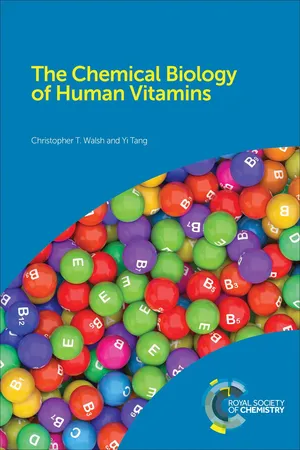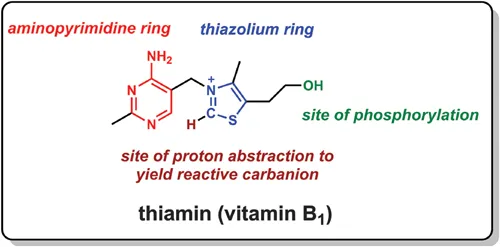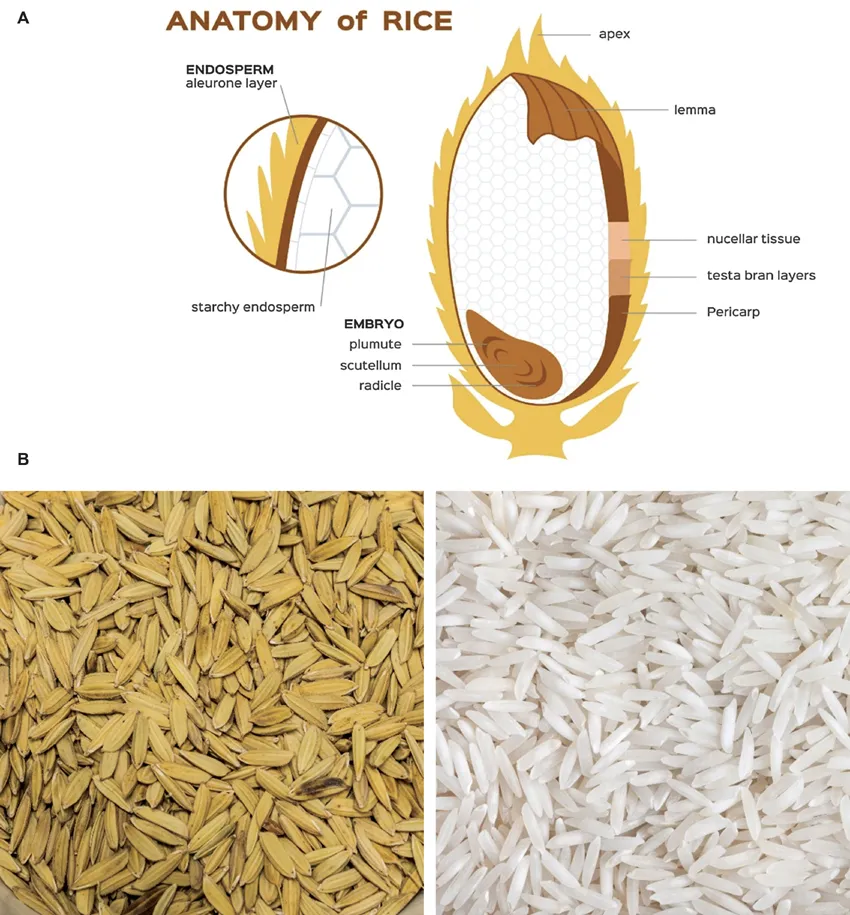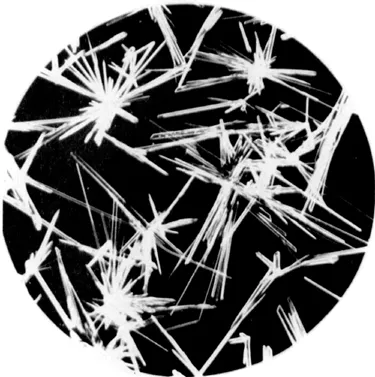![]()
Section II
The Metabolic Roles of the Water-soluble Vitamins
Section II contains the nine chapters that encompass the water-soluble vitamins. Eight of the chapters deal with the individual B vitamins, conversion into active coenzymes, and how those mature coenzyme forms sit at nodal points in metabolic pathways and enable partner enzymes to catalyze up to hundreds of cellular transformations of small molecules. Each of the B vitamins have been named to this subcategory because they play coenzyme or cosubstrate roles. The diversity of the structures of the eight B vitamins and their distinct chemistries encompass an enormous range of metabolic transformations.
The ninth chapter in Section II takes up the remaining water-soluble vitamin, vitamin C, the one where industrial production by chemoenzymatic routes is >100 000 tons per year, reflecting inter alia a C-specific vitamania perhaps kicked off some decades back by Linus Pauling’s espousal of mega doses of vitamin C for almost any ailment. We take up two distinct facets of vitamin C function: (1) its role as specific electron donor in the posttranslational oxygenative maturation of collagen and related oxygenases; (2) the role of vitamin C as radical scavenging antioxidant.
![]()
3 Vitamin B1 Converted to the Coenzyme Thiamin Pyrophosphate
3.1 Discovery of Thiamin
Thiamin was arguably the first vitamin to be discovered (Figure 3.1), when it was identified as the cause of a human deficiency disease termed beriberi (Badii et al., 2017). The symptoms of beriberi “include weight loss, emotional disturbances, impaired sensory perception, weakness and pain in the limbs, and periods of irregular heart rate. Edema (swelling of bodily tissues) is common” (Carpenter, 2000). Numbness in extremities led to drooping toes and a characteristic gait as sufferers would high step and lean forward to avoid weight on drooping toes. This cluster of pathophysiology symptoms can prove fatal after the onset of convulsions and/or comas (Combs and McClung, 2017).
Figure 3.1 Thiamin (also thiamine) is vitamin B1.
One area of the world where the mysterious beriberi syndrome was particularly prevalent in the nineteenth century was Southeast Asia, where white rice comprised a major component of the diet for millions of people. The underlying cause was deciphered over a three-decade period that began with investigations in Java by Dr Christian Eijkman, who observed that chickens fed white rice but not the typical low-cost brown rice developed neurological symptoms that mimicked human beriberi (Badii et al., 2017). A correlative observational study of Javanese prisoners noted that 1 in 39 prisoners fed white rice in their diets developed beriberi, while 1 in 10 000 prisoners did so on a brown-rice diet (Combs and McClung, 2017). Clearly there was some factor in brown rice that was removed upon milling the rice to white rice, an unknown micronutrient, lack of which caused the symptoms of beriberi.
The husks of rice need to be removed upon harvest (Figure 3.2A), and the removal of husks leaves behind a layer of aleurone cells around the rice kernel that constitute brown rice. The cells in the outer/aleurone layer of brown rice contain B1, B3 and B6, as well as manganese and phosphate ions (Figure 3.2B). Further milling to white rice, the endosperm tissue that is largely starch, as the energy source for the germinating rice seeds, essentially removes all of B1 and B3. Thus, a diet of white rice is lacking in those two vitamins. It is the lack of thiamin that causes the beriberi symptoms.
Figure 3.2 (A) Anatomy of rice. Copyright: Gritsalak Karalak, https://www.123rf.com/profile_gritsalak © 123RF.com. Rice harvesting and processing removes the vitamin-rich husk (B) Rice polishing from brown rice to white rice can remove the vitamin rich outer/aleurone cell layer. Left) Brown rice copyright: Asawin Klabma, https://www.123rf.com/profile_asawinklabma © 123RF.com; Right) white rice copyright: Ekaterina Lin, https://www.123rf.com/profile_ekaterinalin © 123RF.com.
It became clear that Eijkman’s chicken deficiency assay would allow for the identification and isolation of the missing factor from rice husks. In the end, this assay was a herculean task, since only small doses of thiamin are required for its crucial roles in metabolic pathways. Finally in 1926, four decades after the original Eijkman results, two Dutch colleagues Jansen and Donath isolated 100 mg pure thiamin from 700 lb of rice husks (Carpenter, 2012; Jansen and Donath, 1927). Figure 3.3 shows the crystals of thiamin.
Figure 3.3 Crystals of pure thiamine obtained by Robert Williams. Reprinted with permission from (Wuest, 1962), Copyright 2006 John Wiley and Sons.
The structure of thiamin was then determined, and it was found to have two heterocycles, an aminopyrimidine connected by a methylene bridge to a substituted thiazole. The bridge to the thiazole nitrogen creates a quaternary positive nitrogen, resulting in a thiazolium moiety that is crucial for the chemical biology of the vitamin. Once the structure was solved, the vitamin, now termed vitamin B1, was dubbed thiamin with the “thia” designation explicitly noting the presence of sulfur (in the thiazolium heterocycle). Eijkman shared the 1929 Nobel Prize in Physiology or Medicine for his discovery of the anti-beriberi factor (1929 Nobel Prize, nobelprize.org). This was one of several Nobel prizes for vitamin research over the next two decades (Combs and McClung, 2017) (Figure 3.4).
Figure 3.4 Nobel prizes awarded for vitamin research.
The “min” part of thiamin is the suffix for all the vitamins. The terminology was coined in the long search for this pure vitamin B1 by Casimir Funk, a Polish biochemist, in 1910 (Price, 2015; The Pauling Blog, 2011). He hypothesized that thiamin in particular and other deficiency factors to be discovered would likely be amines (thiamin does have an amino group in the pyrimidine moiety). He also held that they would be vital for human health and thus coined the term “vitalamines”. It was not immediately accepted by other vitamin hunters, but a decade later, with the “e” dropped, vitamin became the generic designation for human nutritional deficiency factors that were needed in small amounts=micronutrients, compared to macronutrients such as proteins, lipids, and carbohydrates.
The current recommended dietary intake of thiamin for adults is 1.2 mg per day (Combs and McClung, 2017; Mayo Clinic, 2017). The average human storage levels are estimated to be 30–50 mg, so a month or two without any thiamin in diet would start a period of vitamin deficiency. Thiamin in foods (for distribution in foods and many other details about thiamin’s role in health and disease, see (Combs and McClung, 2017)), or as a synthetic vitamin supplement, is absorbed by epithelial cells of the GI tract via transport proteins in both the apical and basal lateral membranes. This allows passage through those barrier cells and transport to thiamin carrier proteins in blood that deliver thiamin to cells in various tissues (Combs and McClung, 2017; Price, 2015). The intracellular thiamin can distribute between the cytoplasm, peroxisomes, and notably in mitochondria where three of the five thiamin-PP dependent enzymes function.
One other consequence of identification of thiamin as a vitamin that could reverse the symptoms of beriberi was the realization as Price has noted (Price, 2015), that nutritional deficiency diseases actually existed. This realization changed the contemporary landscape in the search for causes of human diseases and set off a golden age of vitamin discovery by vitamin hunters. Over almost four decades, 1910–1948, all thirteen human vitamins were isolated, and characterized structurally, functionally, and as reversing agents for particular animal models and then human forms of disease.
3.1.1 Biosynthesis and Commercial Production of Vitamin B1
Plants, prokaryotes, and eukaryotic microorganisms are capable of producing thiamin de novo, but higher eukaryotes are not (Jurgenson et al., 2009). The bacterial pathway, illuminated over the past two decades, i...




